Discover the magic behind the “Taylor Swift Font” and how its unique design elements create a signature style for her brand. This guide unveils the font’s characteristics, where to find similar fonts, and how to use them for your own projects.
Ever wondered about the distinct lettering that graced Taylor Swift’s album covers and tour merchandise? Many fans and designers alike have been captivated by its unique charm. It’s not just a font; it’s a visual signature that instantly evokes a feeling – a blend of nostalgia, elegance, and a touch of modern flair. Finding or recreating this iconic look can feel like a quest. But don’t worry, we’ll break down the design secrets that make it so special and guide you on how to capture that magic for your own creative endeavors.
—
Understanding the “Taylor Swift Font” Aesthetic

When people refer to the “Taylor Swift Font,” they’re often talking about a style that has evolved but generally leans towards a sophisticated, often handwritten or script-like feel. It’s not one single font, but rather a family of styles that includes elegant serifs, flowing scripts, and sometimes even custom lettering that feels personal and artistic. The key is the emotion and storytelling it conveys.
Key Design Characteristics
Let’s dive into what makes these fonts so recognizable:
- Elegant Serifs: Many of Taylor’s album titles feature fonts with classic serifs – those small decorative strokes at the ends of letters. These serifs often have a fine, delicate quality, lending a sense of tradition and sophistication. Think of fonts that feel a bit vintage but are still clean and readable.
- Flowing Script Elements: For a more personal and whimsical touch, script fonts are also a big part of her visual identity. These scripts are typically not overly casual or messy but rather fluid, graceful, and reminiscent of beautiful handwriting. They often have a distinct slant and connecting letters.
- Versatility in Tone: The “Taylor Swift Font” style is adaptable. It can shift from the dreamy, romantic vibe of “Lover” to the moody, introspective feel of “folklore” or the bold, assertive statement of “Reputation.” This range is achieved through subtle variations in weight, stroke, and letterform.
- Custom Lettering: Sometimes, the look is achieved through custom-designed lettering rather than standard fonts. This allows for unique flourishes, ligatures (connected letters), and overall shapes that perfectly match the album’s theme.
- Color and Texture Integration: While not strictly font design, the way these fonts are presented with color palettes and textures significantly impacts their perceived style. Soft pastels, deep blues, or stark blacks all play a role in setting the mood.
The Evolution Across Eras
Taylor Swift’s visual branding has evolved significantly over her career, and this is reflected in her typography choices:
- Early Eras (e.g., “Taylor Swift,” “Fearless”): Often featured more classic, sometimes slightly country-inspired serifs and a generally youthful, accessible feel.
- Middle Eras (e.g., “Red,” “1989”): Saw a move towards more modern, sometimes bolder sans-serifs or cleaner scripts, reflecting her evolving musical style and global appeal.
- Recent Eras (e.g., “folklore,” “evermore,” “Midnights”): These albums have brought back a strong emphasis on sophisticated, often hand-drawn or more artistic script and serif styles, evoking storytelling and unique emotional landscapes. The “Midnights” album, for instance, used custom lettering that had a disco-ball-like shimmer, emphasizing its theme.
—
Finding Fonts Inspired by the “Taylor Swift Font” Style
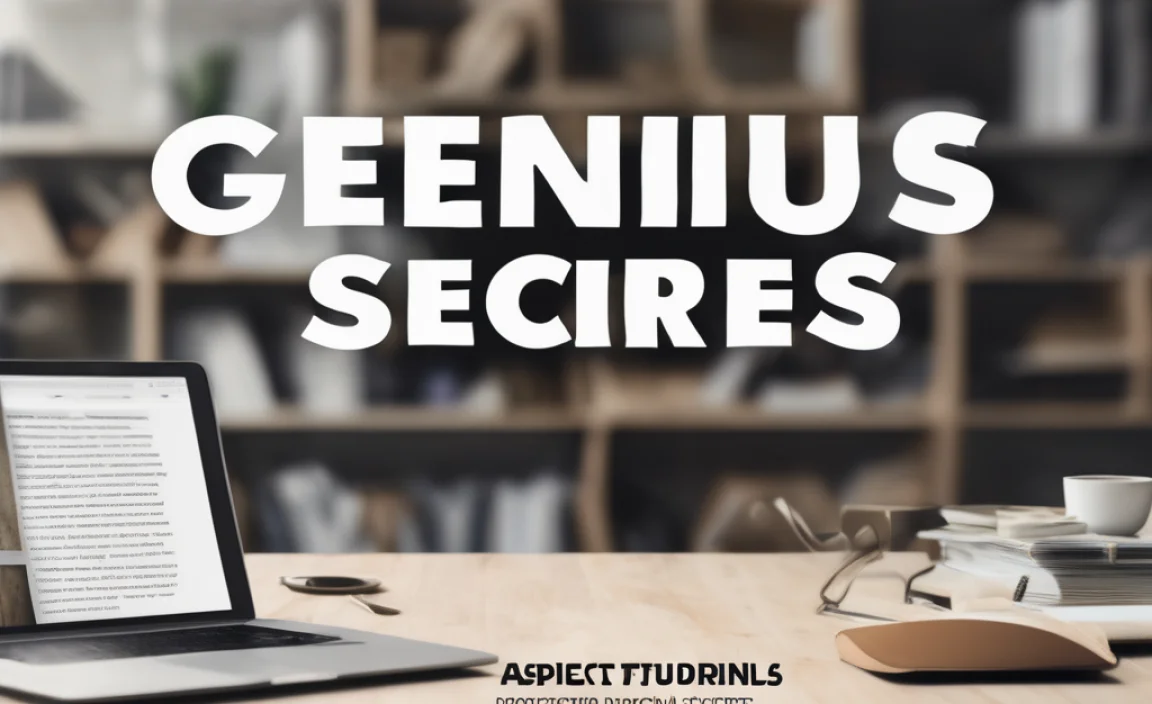
While there isn’t one single “Taylor Swift Font” that you can download (as some are custom or proprietary), there are many commercially available fonts that capture its essence. These fonts are great for fan projects, personal branding, or any design needing a touch of that signature elegance and storytelling.
Serif Fonts for Sophistication
If you’re aiming for the elegant, classic feel seen in many of Taylor’s album titles, these serif fonts are excellent starting points:
- Playfair Display: A highly popular serif font known for its contrast between thick and thin strokes, giving it a sophisticated, almost calligraphic feel. It’s perfect for evocative titles and headers.
- Cormorant Garamond: Inspired by the classic Garamond typeface, Cormorant offers a delicate and refined aesthetic with beautiful ligatures and numerous stylistic alternatives.
- Crimson Text: A sturdy yet elegant serif that provides a sense of gravitas and readability, suitable for both titles and longer blocks of text if needed.
- Crimson Pro: A modern update to Crimson Text, designed with digital use in mind, offering excellent readability across screens.
Script Fonts for Grace and Whimsy
For that personalized, handwritten touch, these script fonts are fantastic:
- Great Vibes: A flowing, elegant script font that mimics beautiful, artistic calligraphy. It’s perfect for invitations, wedding designs, or anything needing a romantic touch.
- Alex Brush: A more casual, yet refined script that looks like it was written with a brush pen. It offers a friendly and artistic vibe.
- Parisienne: This script font has a vintage, Parisian charm with its bouncy baseline and elegant swashes. It feels timeless and chic.
- Pacifico: A popular, very legible script font with a retro feel. It’s friendly and approachable, often used for branding that wants to feel warm and inviting.
Custom Lettering Inspiration
When standard fonts don’t quite cut it, looking at custom lettering artists can provide inspiration. These artists often play with unique strokes, embellishments, and artistic flourishes to create truly one-of-a-kind typographic treatments. Websites like Behance and Dribbble are great places to find examples of bespoke lettering that can inform your own creative process.
—
Where to Find and Use These Fonts
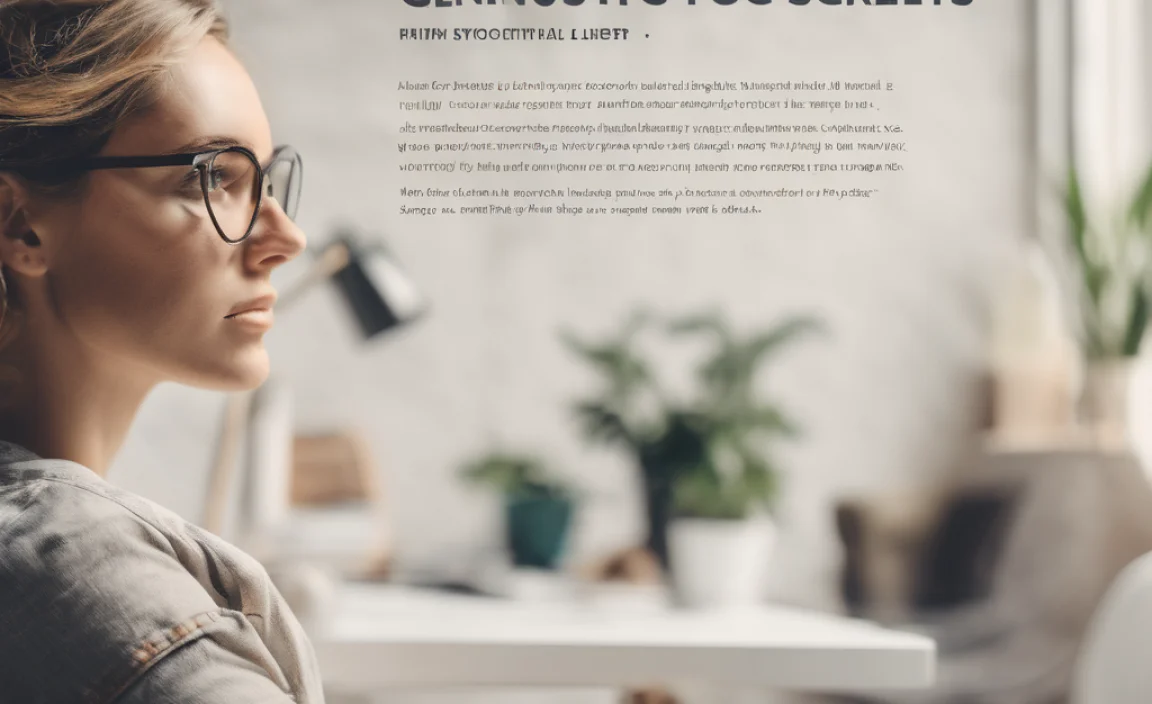
Finding high-quality fonts is easier than ever. Many are available through online marketplaces and font foundries.
Recommended Font Marketplaces and Foundries
Here are some of the best places to find fonts that match the “Taylor Swift Font” aesthetic:
- Google Fonts: This is a fantastic resource for free, high-quality fonts. Many of the serif and script examples mentioned above, like Playfair Display, Cormorant Garamond, Crimson Text, Pacifico, and Alex Brush, are available here. You can easily test them out and download them for both web and print use.
- Adobe Fonts: If you’re an Adobe Creative Cloud subscriber, you have access to a vast library of professional fonts, including many premium script and serif options. This is a great way to elevate your designs with high-caliber typography.
- MyFonts / Fontspring: These sites offer a massive selection of both free and paid fonts from various foundries. They are excellent for exploring niche styles and purchasing commercial licenses for professional use.
- Creative Market: A popular marketplace where independent designers sell fonts, graphics, and templates. You can often find unique, hand-drawn, or custom-inspired fonts here.
Licensing and Usage
It’s crucial to understand font licensing. When you download a font, you’re typically purchasing a license to use it, not the copyright.
- Personal Use: Most free fonts (like those from Google Fonts) allow for personal use without restriction.
- Commercial Use: If you plan to use a font for a business, logo, website, or merchandise, you will likely need a commercial license. This can sometimes be a one-time purchase or a subscription. Always check the specific license agreement provided with the font.
- Desktop vs. Web Use: Some licenses are specific to desktop applications (like Photoshop or Word), while others are needed for website embedding. Ensure you have the correct license for your intended use.
According to the U.S. Copyright Office, typefaces themselves are generally not copyrightable, but the specific digital font files can be subject to copyright protection and licensing agreements. Understanding these agreements is essential for legal and ethical design practices.
—
Putting the “Taylor Swift Font” Style into Practice
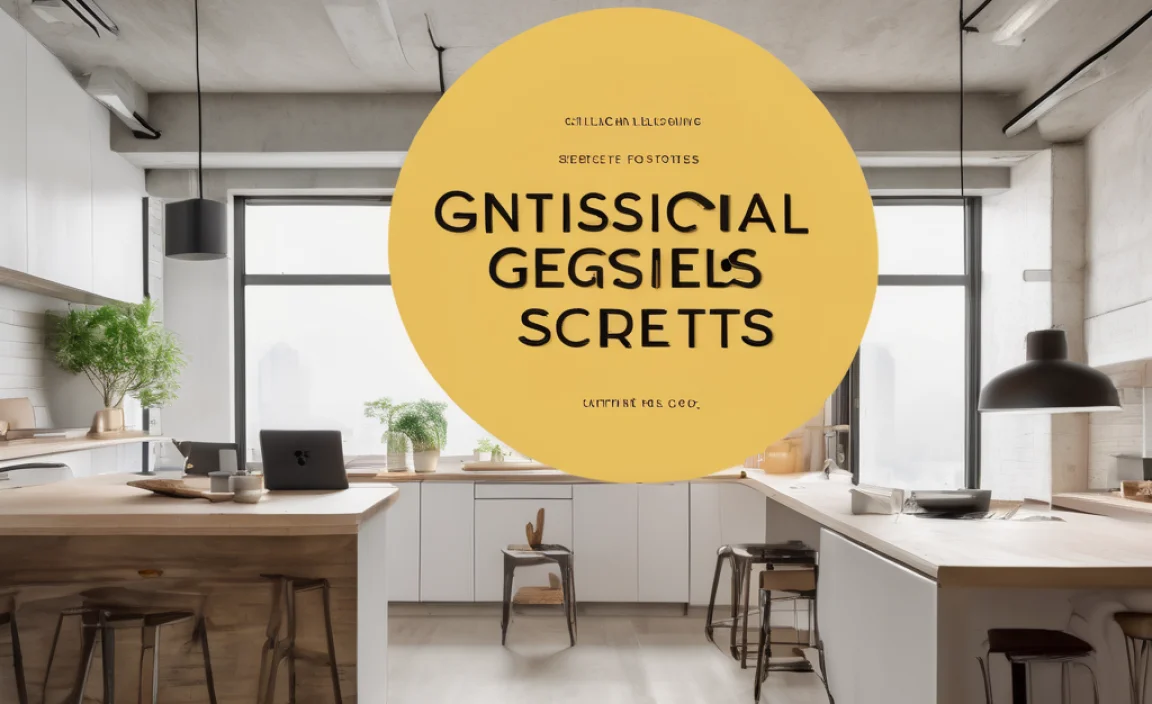
Now that you know what to look for and where to find it, let’s talk about how to use these font styles effectively in your designs.
Designing Album Art and Branding
If you’re inspired by Taylor’s album covers, think about the mood you want to convey.
- Project Mood: A dreamy, romantic project might pair a flowing script with a delicate serif. A bold, statement project could use a strong serif with unique letterforms.
- Hierarchy: Use a more decorative font for the main title and a simpler, highly readable font for secondary text (like song titles or artist name).
- Color Psychology: Match your font color to your overall color palette. Soft colors for a gentle feel, metallic or bold colors for impact.
Website and Blog Design
Typography plays a massive role in user experience on websites.
- Headers and Titles: Use an elegant serif or a distinctive script for your main headings. Ensure it’s readable even at smaller sizes.
- Body Text: Always opt for highly readable sans-serif or simple serif fonts for paragraphs. Fonts like Open Sans, Lato, or Roboto are excellent choices for body copy.
- Call-to-Action Buttons: Keep these clear and concise with straightforward fonts.
A good rule of thumb for web design is to pair a display font (the more artistic one for titles) with a highly legible text font. Resources like NNgroup offer insights into readability principles that can guide your choices.
Social Media Graphics
Creating eye-catching social media content is key.
- Quote Graphics: These are perfect for using beautiful script or serif fonts. Pair them with a simple background to make the text stand out.
- Announcements: For special announcements, a touch of elegant typography can make your post feel more significant.
Examples of Font Pairings
Here are a couple of common and effective pairings:
| Main Title Font (Display) | Subheading/Body Font (Readability) | Vibe |
|---|---|---|
| Playfair Display (Serif) | Open Sans (Sans-serif) | Classic, Elegant, Professional |
| Great Vibes (Script) | Lato (Sans-serif) | Romantic, Whimsical, Personal |
| Cormorant Garamond (Serif) | Merriweather (Serif) | Literary, Sophisticated, Timeless |
—
Designing with Purpose: Beyond the Trend
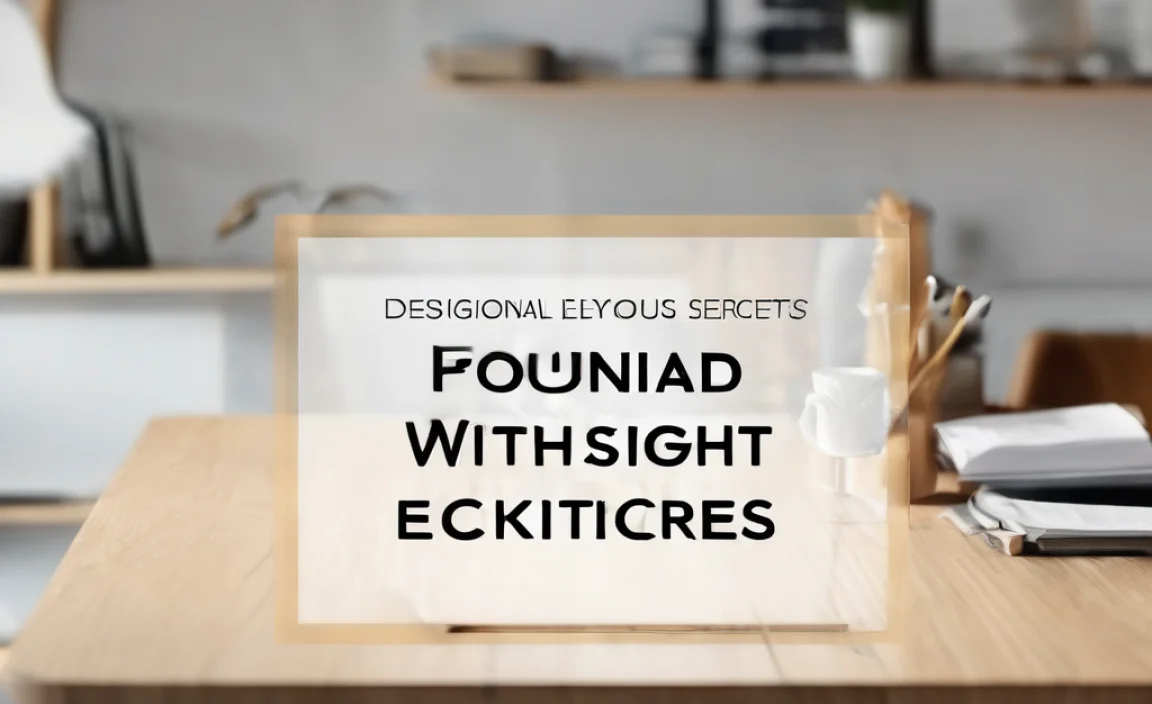
While the “Taylor Swift Font” style is popular for good reason, remember that effective design is about more than just mimicking a trend. It’s about choosing typography that serves your message and connects with your audience.
Readability vs. Aesthetics
There’s often a balance to strike. A highly decorative font might look beautiful, but if it’s hard to read, it fails its primary purpose.
- Legibility: Can people easily distinguish each letter and word?
- Readability: Can people comfortably read large blocks of text in this font?
Always test your fonts in the context where they will be used. A font that works perfectly for a large album title might be terrible for website body text.
The Importance of Context
Consider the overall message and brand identity you want to create.
- Target Audience: Who are you trying to reach? A font choice can appeal more to certain demographics than others.
- Brand Personality: Is your brand playful, serious, sophisticated, or edgy? Your font should reflect this.
- Project Goal: What do you want people to do or feel after seeing your design?
A well-chosen font can significantly impact how your message is received, just as Taylor Swift uses typography to enhance the storytelling of her music.
—
Frequently Asked Questions (FAQ)
Q1: Is there an official “Taylor Swift Font”?
No, there isn’t one single official font. Taylor Swift has used a variety of fonts across her albums and branding, often including elegant serif types and graceful script styles. Some elements might be custom lettering designed specifically for her projects.
Q2: Can I use fonts similar to the “Taylor Swift Font” for my business?
Yes, you absolutely can! Many commercially available fonts capture the elegant, stylish, and often handwritten aesthetic associated with her branding. Always ensure you have the appropriate commercial license for business use.
Q3: Where can I find free fonts like the ones Taylor Swift uses?
Google Fonts is an excellent resource for free, high-quality fonts. You can find elegant serifs like Playfair Display and Cormorant Garamond, and graceful scripts like Pacifico and Great Vibes that are available for free for both personal and commercial use.
Q4: What makes a font “elegant” or “sophisticated”?
Elegant fonts often feature fine details, balanced proportions, subtle contrast between thick and thin strokes (especially in serifs), and graceful curves. They convey a sense of refinement, tradition, and artistry.
Q5: How do I choose between a serif and a script font for my title?
Serif fonts offer a classic, stable, and sometimes formal feel, great for conveying tradition or professionalism. Script fonts are more decorative and personal, offering a fluid, handwritten, or artistic touch, perfect for romantic, whimsical, or expressive themes.
Q6: How can I ensure my chosen font is readable on a website?
For website body text, always choose clean, simple fonts (sans-serif or uncluttered serifs) with good letter spacing. For titles and headers, even decorative fonts should be tested for readability at various sizes and on different devices. Tools like Web Font Optimization can help improve loading and rendering.
—
Conclusion
The allure of the “Taylor Swift Font” style lies in its ability to blend classic elegance with personal expression. Whether it’s the sophisticated sweep of a serif or the intimate flow of a script, these typographic choices are integral to her brand’s narrative. By understanding the core design principles – the delicate serifs, graceful letterforms, and versatile tone – you can find and utilize similar fonts to imbue your own projects with that same captivating charm.
Remember to explore resources like Google Fonts, Adobe Fonts, and other reputable marketplaces to discover a wealth of options. Always prioritize proper licensing for commercial ventures and, most importantly, choose fonts that not only look beautiful but also serve your message and resonate with your intended audience. Typography is a powerful storytelling tool; wield it wisely, and let your designs speak volumes with the elegance and personality you’ve discovered.
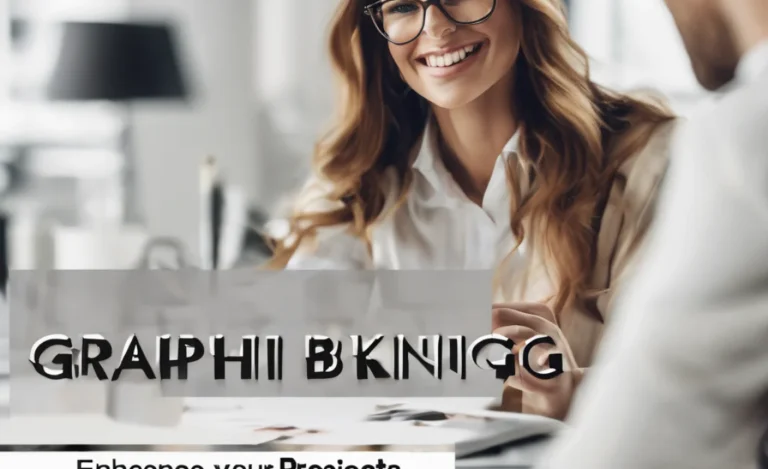
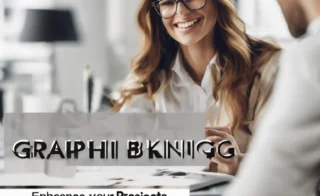
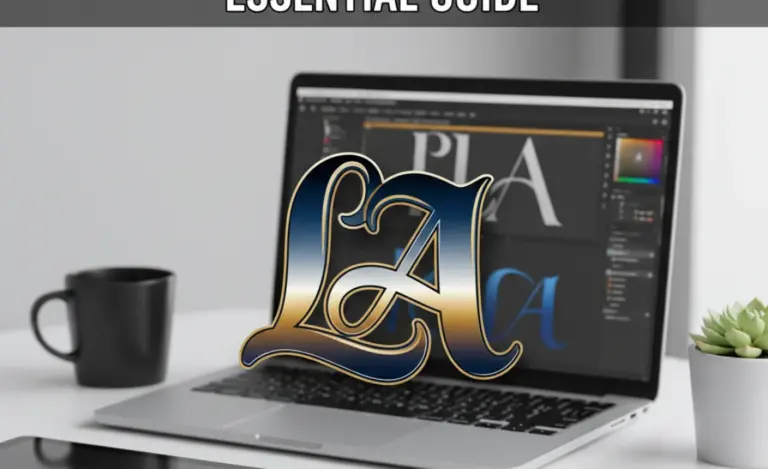



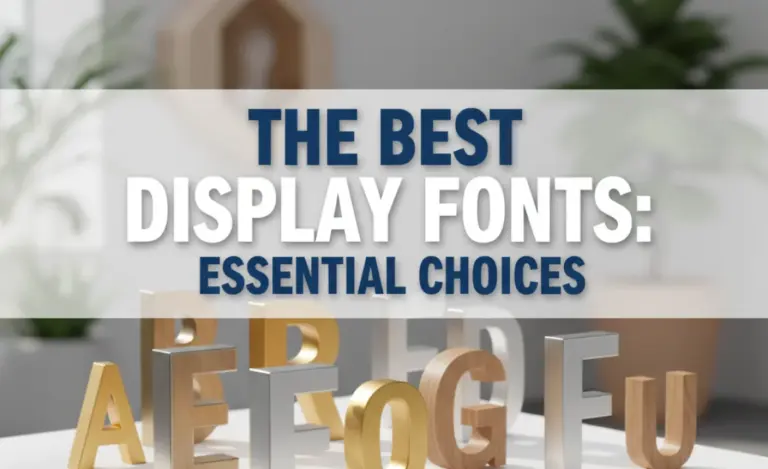
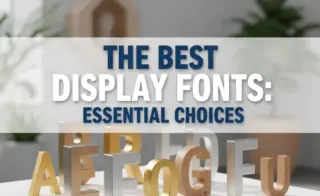
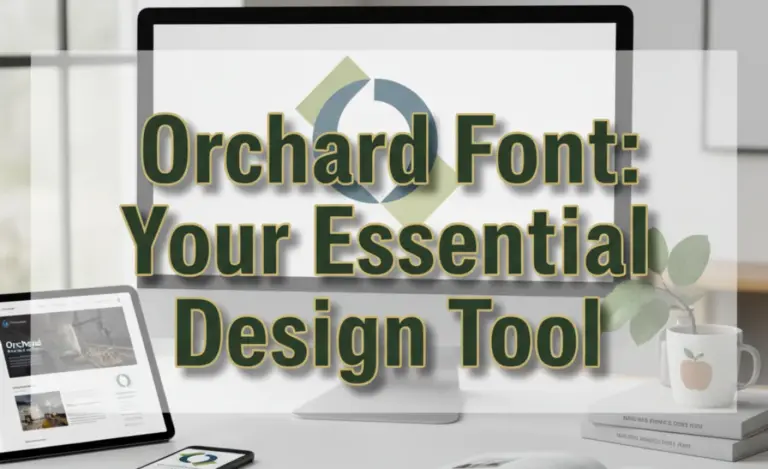

Leave a Comment